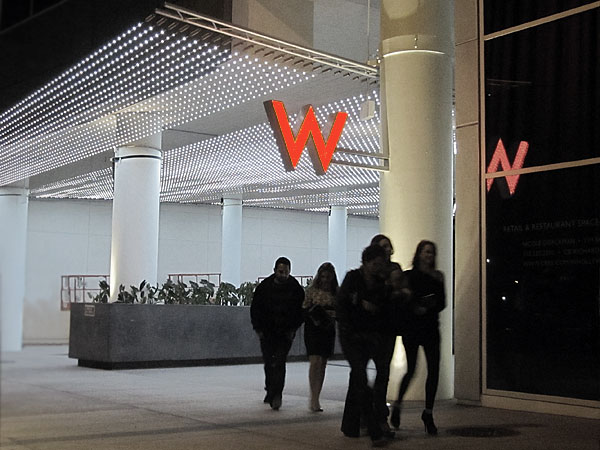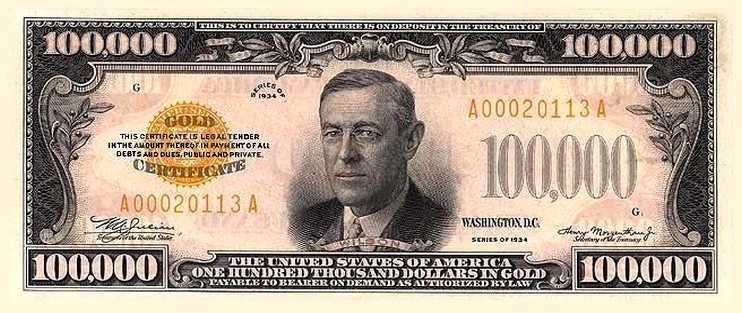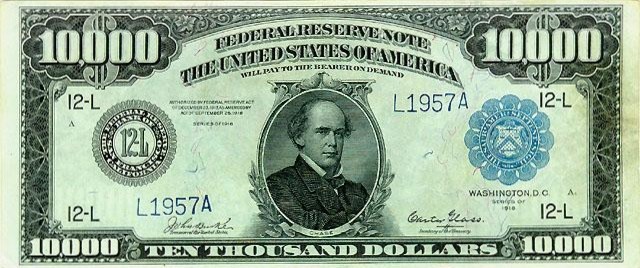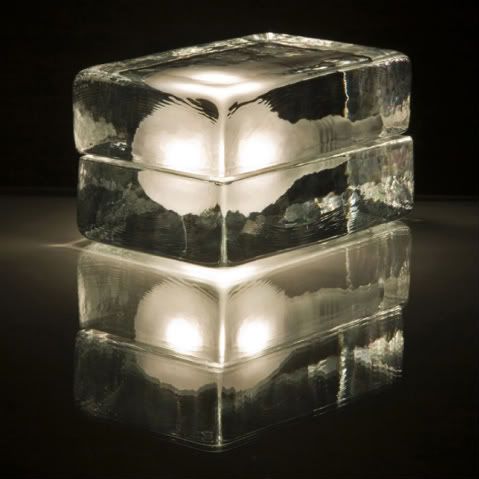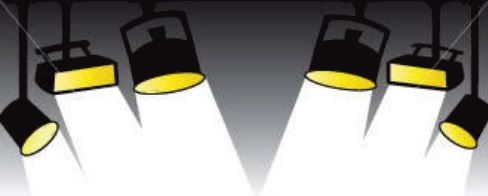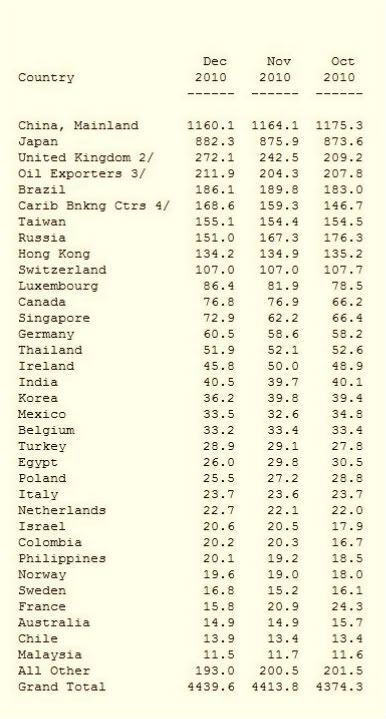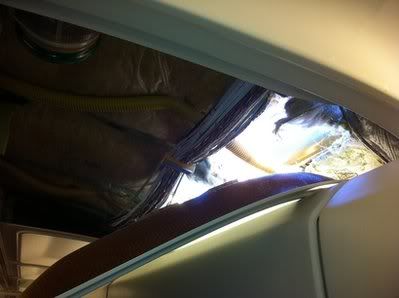Economies are ranked on their ease of doing business, from 1 – 183. A high ranking on the ease of doing business index means the regulatory environment is more conducive to the starting and operation of a local firm. This index averages the country's percentile rankings on 9 topics, made up of a variety of indicators, giving equal weight to each topic. The rankings for all economies are benchmarked to June 2010.
Ease of Doing Business Ranking
The ease of doing business index ranks economies from 1 to 183. For each economy the index is calculated as the ranking on the simple average of its percentile rankings on each of the 9 topics included in the index in
Doing Business 2011:
- starting a business
- dealing with construction permits
- registering property
- getting credit
- protecting investors
- paying taxes
- trading across borders
- enforcing contracts
- closing a business
The ranking on each topic is the simple average of the percentile rankings on its component indicators.
If an economy has no laws or regulations covering a specific area—for example, bankruptcy—it receives a “no practice” mark. Similarly, an economy receives a “no practice” or “not possible” mark if regulation exists but is never used in practice or if a competing regulation prohibits such practice. Either way, a “no practice” mark puts the economy at the bottom of the ranking on the relevant indicator.
Here is one example of how the ranking is constructed. In Iceland it takes 5 procedures, 5 days and 2.3% of annual income per capita in fees to open a business. The minimum capital required amounts to 11.97% of income per capita. On these 4 indicators Iceland ranks in the 13th, 4th, 15th and 63th percentiles. So on average Iceland ranks in the 24th percentile on the ease of starting a business. It ranks in the 50th percentile on protecting investors, 40th percentile on trading across borders, 10th percentile on enforcing contracts, 9th percentile on closing a business and so on. Higher rankings indicate simpler regulation and stronger protection of property rights. The simple average of Iceland’s percentile rankings on all topics is 25%. When all economies are ordered by their average percentile rank, Iceland is in 15th place.
More complex aggregation methods— such as principal components and unobserved components—yield a nearly identical ranking. The choice of aggregation method has little influence on the rankings because the 9 sets of indicators provide sufficiently broad coverage across topics. So Doing Business uses the simplest method.
The ease of doing business index is limited in scope. It does not account for an economy’s proximity to large markets, the quality of its infrastructure services (other than services related to trading across borders), the strength of its financial system, the security of property from theft and looting, its macroeconomic conditions or the strength of underlying institutions. There remains a large unfinished agenda for research into what regulation constitutes binding constraints, what package of reforms is most effective and how these issues are shaped by the context in an economy. The Doing Business indicators provide a new empirical data set that may improve understanding of these issues.
Doing Business 2011 also uses a simple method to calculate which economies improve the most on the ease of doing business. First, it selects the economies that reformed in 3 or more of the 9 topics included in this year’s ease of doing business ranking. Twenty-five economies met this criterion: Belarus, Brunei Darussalam, Burkina Faso, Cape Verde, the Democratic Republic of Congo, Georgia, Grenada, Guyana, Hungary, Indonesia, the Islamic Republic of Iran, Kazakhstan, Lithuania, Mali, Montenegro, Peru, Rwanda, Saudi Arabia, Sierra Leone, Slovenia, Sweden, Tajikistan, Ukraine, Vietnam and Zambia. Second, Doing Business ranks these economies on the increase in their ranking on the ease of doing business from the previous year using comparable rankings.
 The World Bank is an international bank established in 1944 to help member nations reconstruct and develop, especially by guaranteeing loans and is a specialized agency of the United Nations.
The World Bank is an international bank established in 1944 to help member nations reconstruct and develop, especially by guaranteeing loans and is a specialized agency of the United Nations.







